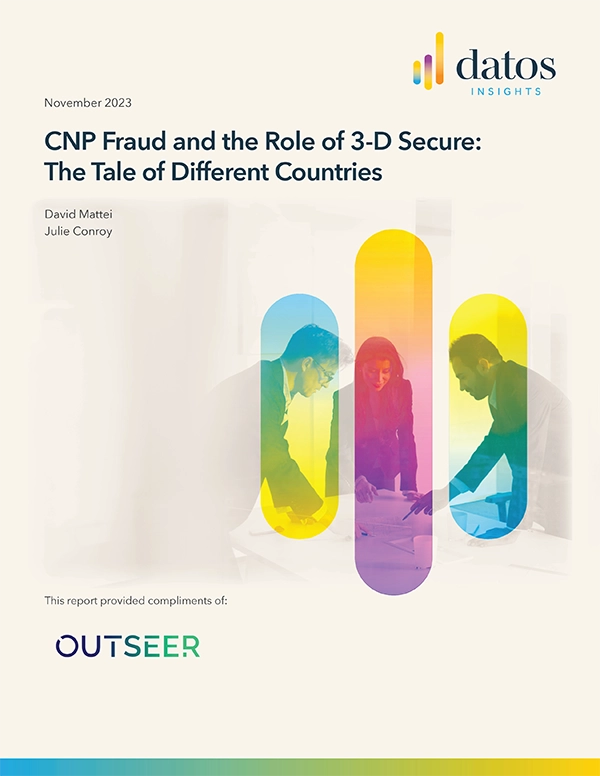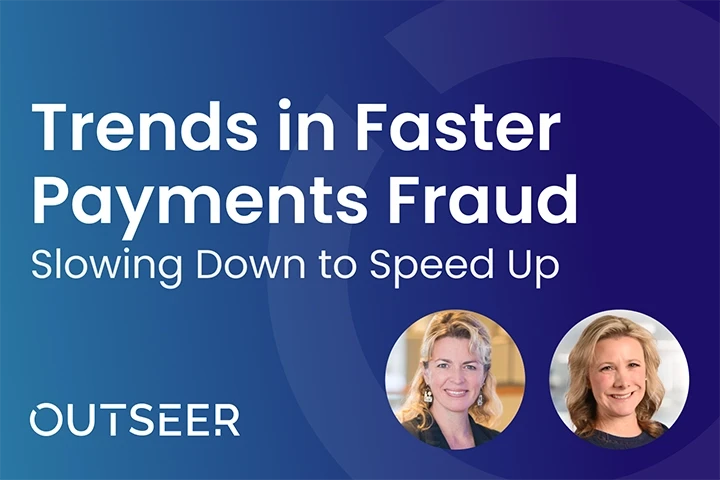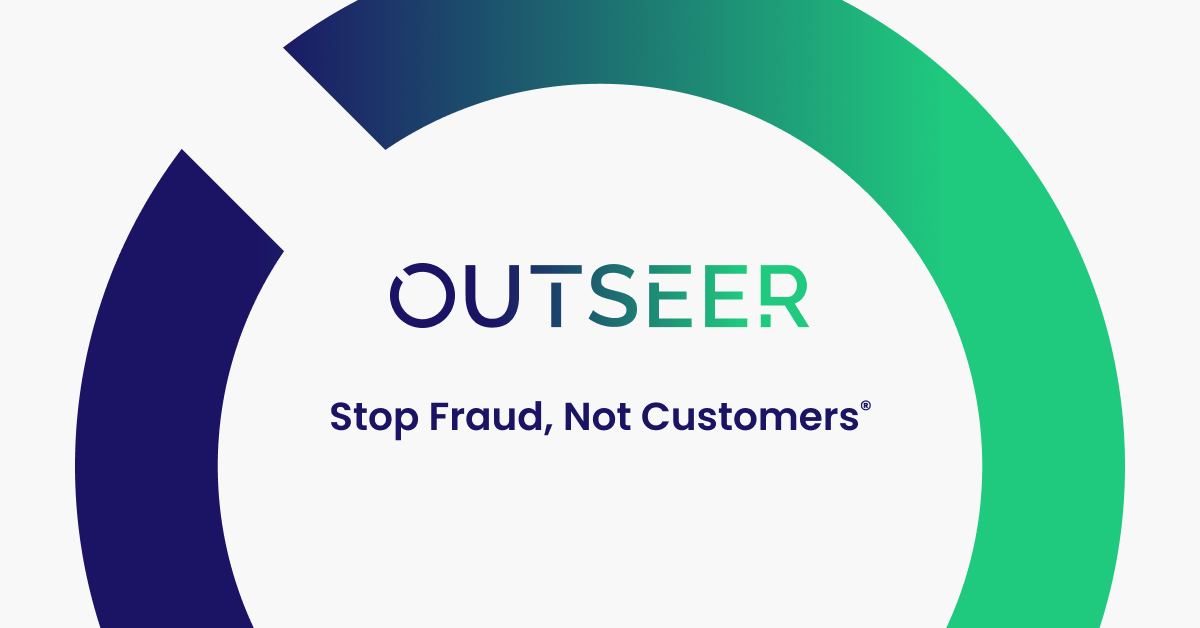Peer-to-peer (P2P) payments have revolutionized the way we transfer money, but they also introduce new challenges, especially in terms of fraud risks. In this blog post, we will explore the intricacies of P2P payments, delve into the national schemes of Faster Payments (FP) in the UK and FedNow in the US, and shed light on the potential fraud vulnerabilities associated with instant transactions. By understanding these risks and adopting appropriate measures, we can ensure the security and integrity of P2P payments.
Understanding P2P Payments
P2P payments facilitate seamless and instant transactions directly between individuals, eliminating the need for intermediaries. They offer advantages such as speed, low friction, and cost-effectiveness. However, this convenience comes with a heightened risk of fraud due to the irrevocable nature of instant payments.
- The UK’s Faster Payments Scheme – in the UK, Faster Payments is a national scheme that enables instant transactions between banks. Settlement occurs multiple times a day in a net settlement model. While this system provides efficiency, it also requires careful liquidity management and poses risks if something goes wrong, potentially leading to a halt in all payments.
- The US’s FedNow and Private Fixes – the US has introduced FedNow, a national scheme aimed at enabling instant settlement through a gross model. However, private solutions such as Venmo and Zelle have gained popularity. These platforms, adopted by some banks, offer instant P2P transfers. However, their rapid growth has also exposed vulnerabilities and inconsistencies in consumer protection against scams and fraudulent activities.
Fraud Risks in P2P Payments
The nature of P2P payments amplifies the risks associated with fraud. Scammers exploit the irrevocable nature of instant payments, making it crucial for users to exercise caution. For example, Zelle payments have experienced significant growth, in 2021 Zelle transacted $490 billion worth of payments, but consumer protections are still being refined. Scammers set up accounts linked to the receiving end of the payment, tricking users into sending cash that cannot be recovered easily.
Addressing the Problem
Recognizing the urgency to protect consumers, lawmakers are pressuring banks to take more responsibility and establish consistent reimbursement policies for P2P payment scams. The Consumer Financial Protection Bureau is preparing new guidance that could require banks to refund scammed consumers. Major banks supporting Zelle are collaborating to create remedies for scammed users, but limitations exist, especially concerning reimbursement for goods or services not received.
In the UK, the Payments System Regulator has officially announced additional obligations concerning the reimbursement of APP fraud. This development specifically impacts various faster payment systems worldwide, with notable attention from the Australian government, which has already expressed interest in implementing similar legislation. The effective date for this new reimbursement requirement is set for 2024.
Adapting to Secure P2P Payments
As the P2P payment landscape continues to evolve, it is essential for financial institutions and users to adapt their processes and reporting mechanisms. Embracing innovative technologies, implementing secure authorization protocols, and establishing consistent consumer protections can help mitigate fraud risks and maintain the integrity of P2P payment systems.
Crucial to Remain Vigilant
While P2P payments offer convenience and efficiency, it is crucial to be aware of the potential fraud risks involved. Understanding the underlying concepts, such as settlement models and participation models, can provide clarity and inform decision-making. By remaining vigilant, adopting secure practices, and supporting consistent consumer protections, we can safeguard P2P payments and ensure a trusted and reliable financial landscape for all.















